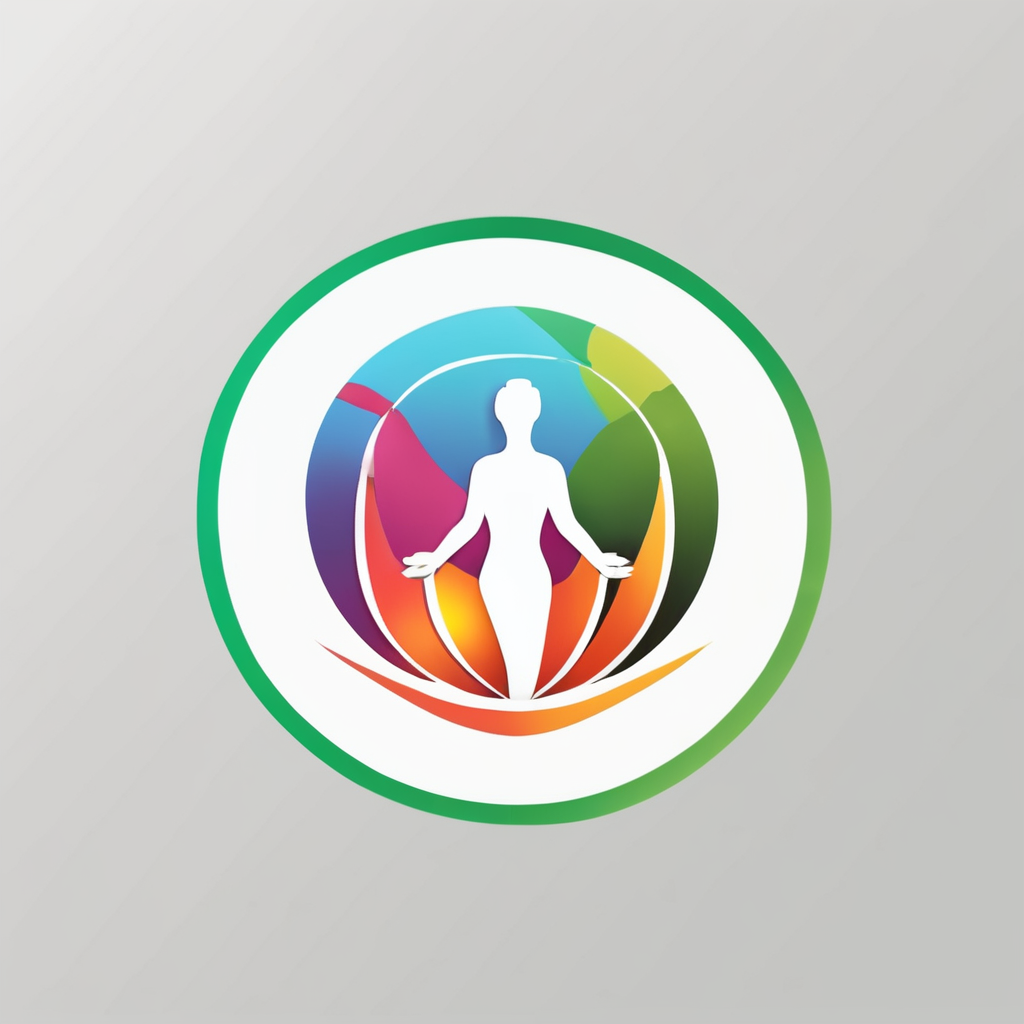Infections in healthcare settings remain a significant concern for both staff and patients alike. With the rise of antibiotic-resistant bacteria, the stakes have never been higher. This article explores pragmatic steps that UK health professionals can take to mitigate risk and ensure safe treatment environments. As we delve into these preventative measures, you’ll learn about the crucial role of hygiene, protective equipment, and structured guidelines in tackling this persistent challenge.
The Importance of Hand Hygiene in Infection Control
In healthcare settings, your hands are both a tool and a potential conduit for infection. The significance of hand hygiene cannot be overstated. It serves as the frontline defense in the prevention of infection transmission among patients and healthcare workers.
Also read : How can UK health professionals collaborate with community organizations to improve public health outcomes?
The Pillars of Effective Hand Hygiene
To ensure that hand hygiene is both effective and sustainable, you must focus on three main pillars: consistency, technique, and accessibility. Regular handwashing with soap and water, supplemented by alcohol-based hand sanitizers when appropriate, forms a consistent practice. The technique involves thorough coverage, ensuring that every part of the hand, including the back, wrists, and between fingers, is cleaned meticulously.
Accessibility and Awareness
Hand sanitizing stations should be strategically placed throughout all hospital and clinical settings. Signage and reminders to staff and visitors can further reinforce the importance. Awareness campaigns can inform health professionals about the latest hand hygiene protocols, enhancing compliance.
In the same genre : How can UK health professionals incorporate holistic approaches into their practice?
Impact on Infection Rates
Studies have shown that effective hand hygiene can reduce infection rates by up to 50%. By maintaining strict hygiene protocols, you protect both the healthcare providers and those under their care, limiting their exposure to potentially harmful pathogens.
Personal Protective Equipment: Your Shield Against Infection
Personal Protective Equipment (PPE) is an essential line of defense against infectious agents. Proper use of PPE creates a barrier between healthcare professionals and pathogens, providing protection during routine care and high-risk procedures.
Types of PPE and Their Applications
PPE includes gloves, gowns, masks, face shields, and eyeglasses. Each type of equipment serves a specific purpose. For instance, gloves protect your hands from contamination, while masks safeguard against airborne pathogens. Understanding the appropriate use of each item is crucial in minimizing risk.
Correct Usage and Disposal
Proper donning and doffing techniques are vital in preventing infection. Training staff on the sequential steps of wearing and removing PPE can prevent accidental contamination. Moreover, establishing clear protocols for disposal ensures that used equipment does not become a secondary source of infection.
The Role of PPE in Modern Healthcare
As we navigate new healthcare challenges, PPE continues to evolve. Innovations such as reusable protective gear demonstrate progress towards sustainable healthcare practices. However, the core principle remains the same: effective and diligent use of PPE shields both patients and practitioners from harm.
Guidelines for Equipment and Environmental Cleaning
The role of cleanliness in healthcare settings cannot be underestimated. Proper cleaning protocols extend beyond just aesthetics; they are fundamental to minimizing infection risks. Staff, equipment, and the physical environment must meet high cleanliness standards to ensure patient safety.
Decontamination of Medical Equipment
Medical equipment, ranging from stethoscopes to surgical instruments, must be meticulously cleaned and sterilized. Adhering to stringent decontamination protocols reduces the risk of cross-contamination, ensuring that care remains sterile and safe.
Environmental Cleaning Protocols
The surrounding environment, including floors, walls, and surfaces, plays a pivotal role in infection control. Comprehensive cleaning schedules, using approved disinfectants, ensure that bacteria and viruses are effectively eliminated.
Training and Monitoring
Continuous training for health professionals on cleaning protocols is imperative. Additionally, regular audits and monitoring ensure compliance with established guidelines, maintaining a consistently safe environment for all.
Effective Waste Management: Reducing Infection Risk
Waste management in healthcare is a critical component of infection control. From the disposal of single-use items to the treatment of biohazardous materials, effective waste management minimizes potential infection sources.
Types of Waste and Their Treatment
Healthcare waste is categorized into general, infectious, hazardous, and pharmaceutical. Proper segregation at the source ensures that each type of waste is treated according to its risk level. For instance, infectious waste requires special disposal methods to prevent contamination.
Regulatory Compliance and Training
Complying with waste management regulations not only safeguards the environment but also reinforces patient and staff safety. Training programs for healthcare workers on proper waste handling and disposal can significantly mitigate infection risks.
Innovations in Waste Management
Technological advancements, such as automated waste disposal systems, are improving the efficiency and safety of waste management processes. These innovations emphasize the role of technology in enhancing care standards and infection prevention.
In your pursuit of providing exemplary healthcare, infection control measures are indispensable. From emphasizing hand hygiene and utilizing PPE to ensuring comprehensive cleaning and waste management, each component plays a crucial role in safeguarding patients and staff alike. By adhering to established protocols and embracing innovative solutions, UK health professionals can continue to deliver safe, high-quality care in the face of evolving challenges. As you move forward, remember that vigilance, education, and adaptation are your strongest allies in the battle against healthcare-associated infections.











